
Imago
ARLINGTON, TX – DECEMBER 30: Former Dallas Cowboys player Emmitt Smith attends the Ring of Honor ceremony for former head coach Jimmy Johnson at halftime of the game between the Dallas Cowboys and the Detroit Lions on December 30, 2023 at AT&T Stadium in Arlington, Texas. Photo by Matthew Pearce/Icon Sportswire NFL, American Football Herren, USA DEC 30 Lions at Cowboys EDITORIAL USE ONLY Icon1692312302293

Imago
ARLINGTON, TX – DECEMBER 30: Former Dallas Cowboys player Emmitt Smith attends the Ring of Honor ceremony for former head coach Jimmy Johnson at halftime of the game between the Dallas Cowboys and the Detroit Lions on December 30, 2023 at AT&T Stadium in Arlington, Texas. Photo by Matthew Pearce/Icon Sportswire NFL, American Football Herren, USA DEC 30 Lions at Cowboys EDITORIAL USE ONLY Icon1692312302293
Emmitt Smith in the end zones defined the maximum principle with minimal celebration. Drafted 17th overall by the Dallas Cowboys in 1990 out of the University of Florida, he powered the Dallas Cowboys dynasty. The 5-foot-9 and 221-pound legend squeezed through tight gaps with a methodical style. Even when he broke the all-time rushing record, his celebrations were subtle yet impactful. Emmitt Smith was the NFL Most Valuable Player and Super Bowl XXVIII MVP for the 1993 season.
Watch What’s Trending Now!
Yet, he never danced or performed theatrical gestures. He took off his helmet and gave the game ball to an official to mark and preserve.
In his recent Instagram story, Smith explained why. In a memorial birthday wish to his late father, “Happy heavenly birthday to my pops!! 234. I didn’t dance in the endzone because my pop told me the great ones don’t do things like that. This left me with the question that I needed to answer for myself: Do I want to strive for greatness or be a showman? I chose to strive for greatness and excellence, knowing they are both unattainable,” Emmitt Smith said.
ADVERTISEMENT
Emmitt Smith retired as the NFL’s all-time leading rusher with 18,355 yards on 4,409 carries. He still holds the record for 164 rushing touchdowns. He added 515 receptions for 3,224 receiving yards and 11 receiving scores. Holding an NFL record for posting 11 consecutive 1,000-yard rushing seasons, that was durable across 226 career games.
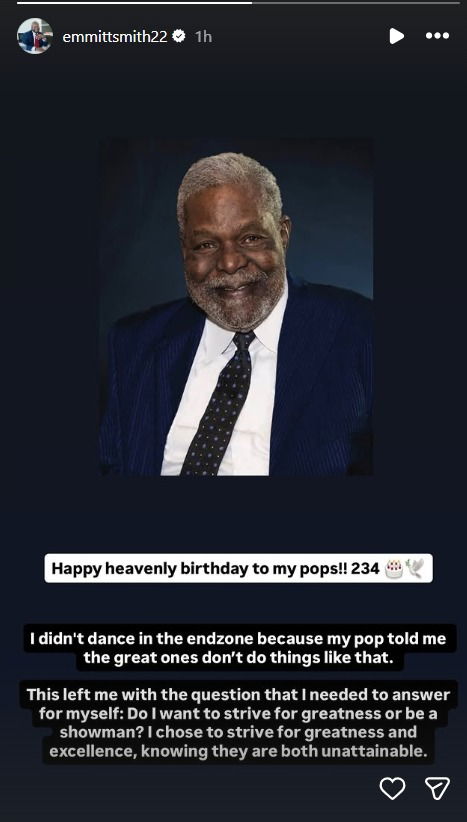
Imago
Social media: Instagram
Smith was never the fastest back. But he was reliable enough to dominate. He was a tough nut to crack. He broke tackles and was consistent in high volumes. In postseason play, he added 1,586 rushing yards and 19 postseason rushing touchdowns, both playoff records. He starred in three Super Bowls with Dallas, earning Super Bowl MVP in XXVIII after 132 rushing yards and two scores.
ADVERTISEMENT
During his 13 seasons in Dallas, Smith joined Troy Aikman and Michael Irvin to form “The Triplets”. Smith anchored the Cowboys’ offense. He was integral to three Super Bowl titles (1992, 1993, 1995). In 1993, he won the NFL MVP and Super Bowl MVP in the same year, a rare feat.
He broke the all-time rushing record held by Walter Payton against the Seattle Seahawks in 2002. The Cowboys keep him on their Ring of Honor, and many cite him as the franchise’s greatest running back. Before signing a one-day deal to retire as a Cowboy, Smith spent two seasons with the Arizona Cardinals, where he ran for 937 yards in 2004. The Pro Football Hall of Fame inducted him in 2010.
ADVERTISEMENT
The Emmitt Smith Rule
In 1997, the NFL formally instituted what has come to be known informally as the “Emmitt Smith Rule.” Under Player Conduct Rule 12, Section 3, Article 1 states, “Removing one’s helmet on the field of play or in the end zone, except for medical reasons or in the confines of a timeout, is unsportsmanlike conduct and penalized.”
The momentum for the rule originated from Emmitt Smith’s frequent practice of dropping his helmet immediately after scoring a touchdown. The league viewed such actions as taunting or provocative behavior, especially given the potential for post-play confrontation.
ADVERTISEMENT
This rule penalizes a player who removes his helmet with a 15-yard unsportsmanlike conduct penalty. The rule aims to discourage overly theatrical celebrations and maintain decorum on the field.
Top Stories
Bill Cowher’s Strong Message to Steelers on Firing Mike Tomlin After HC’s Blunt Playoff Message
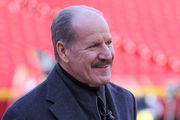
Andy Reid Fires Coach In Attempt to Rebuild Staff After Receiving HC Requests For Chiefs’ Coordinators
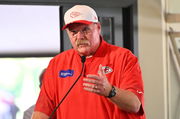
Sources: John Harbaugh Wasn’t Fired, Left Ravens After Refusing Major Staff Changes
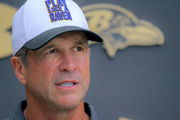
Exclusive: Ed McCaffrey Clears Air on Sean Payton’s Roster After Disagreeing With Broncos’ Draft Decision

Chiefs Issue Official Statement as WR Rashee Rice Faces Accusations of Domestic Abuse
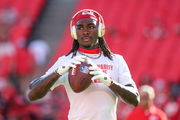
The “Emmitt Smith Rule” is often listed among NFL rules named after players who’s on-field behavior directly influenced rule changes. However, he never publicly resisted the change; the rule remains a lasting legacy of how player conduct can reshape league policy.
ADVERTISEMENT
ADVERTISEMENT
ADVERTISEMENT

